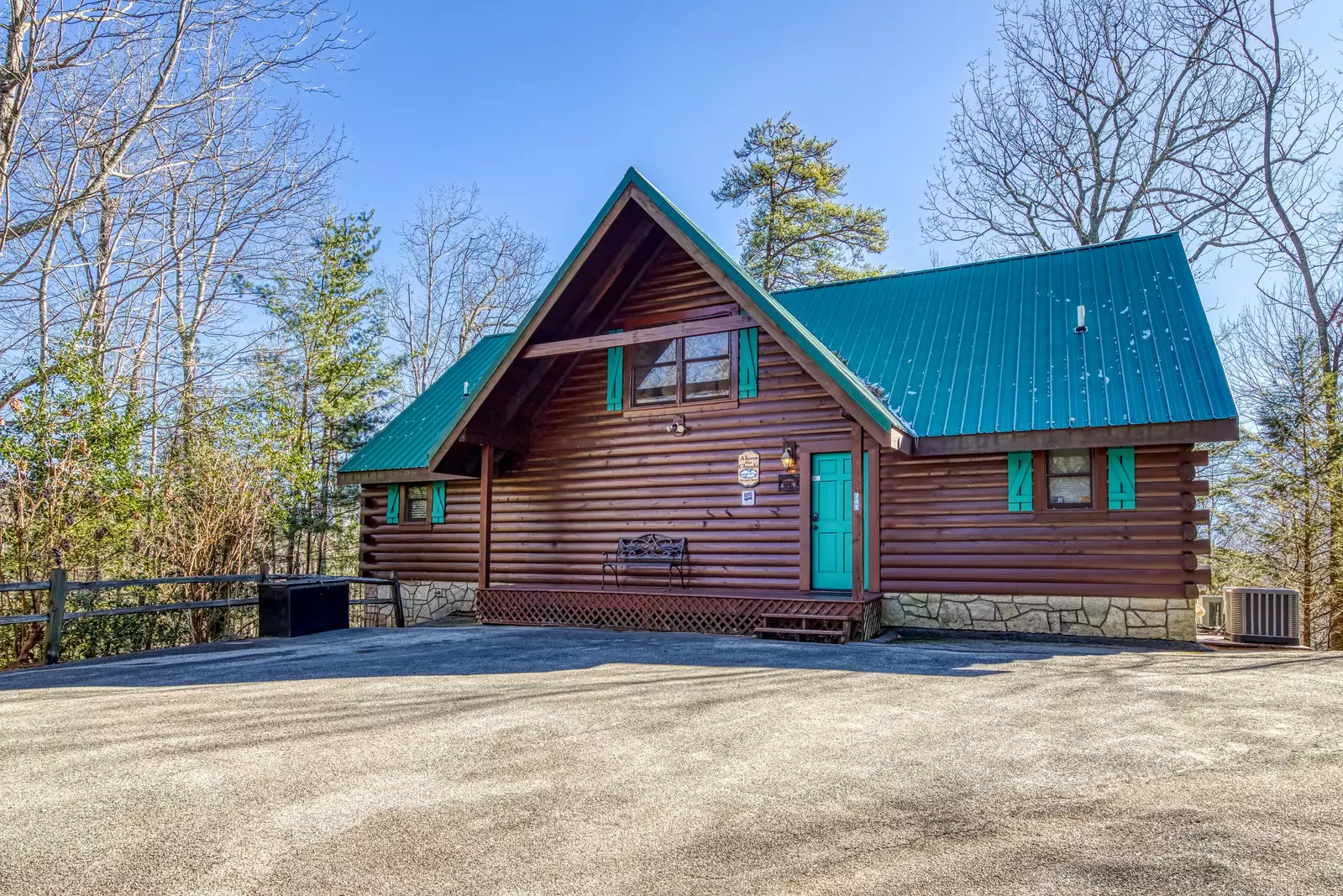February 14, 2025
The Fascinating History of Cades Cove
Cades Cove is far and away the most popular area to visit in the Great Smoky Mountains National Park. Attracting about 5 million tourists each year, this breathtaking valley is famous for its gorgeous mountain views, well-preserved historic buildings, and phenomenal wildlife. All of the cove’s major landmarks are conveniently located along an 11-mile loop road, so visitors can easily tour the valley by car.
Before Cades Cove became a can’t-miss destination in the national park, it was home to a thriving pioneer community that lived in the valley for more than one hundred years. To help you prepare for your next vacation, we've put together a guide to the fascinating history of Cades Cove.
The Cherokee in Cades Cove

Throughout the 1700s, the Cherokee would travel through Cades Cove in order to cross the Smoky Mountains from North Carolina to Tennessee on their way to the Overhill settlements. By 1797, if not earlier, the Cherokee established a village in Cades Cove known as “Tsiya’hi,” which means “Otter Place.” At the time, the streams around the valley were filled with otters. (Although they were trapped to the point of local extinction for an extended period, otters were successfully reintroduced to the Smoky Mountains from 1986 – 1994.)
Tsiya’hi was not a major Cherokee settlement, and it is possible that the village simply served as a seasonal hunting camp. Cades Cove takes its name from the leader of the Tisiya’hi village, Chief Cade. Abrams Creek and Abrams Falls, which are both located within Cades Cove, are named after Chief Abraham, another Cherokee leader who lived in nearby Chilhowee.
The Treaty of Calhoun, which was ratified in 1819, ended all Cherokee claims to Cades Cove and the rest of the Smoky Mountains. Tsiya’hi was abandoned shortly after the signing of the treaty.
The Olivers Arrive

The first permanent Euro-American settlers in Cades Cove were John Oliver, a veteran of the War of 1812, and his wife, Lurena Frazier Oliver. The Olivers arrived in the valley in 1818 with their friend Joshua Jobe.
During the winter, Jobe returned to Carter County, TN while the Olivers remained in the cove and struggled through the unforgiving season. The Cherokee befriended the Olivers and provided them with dried pumpkin to help them make it through their first winter. In the spring of 1819, Joshua Jobe returned to Cades Cove with a herd of cattle and gave the Olivers two cows.
In the early 1820s, more Euro-Americans started to settle in the valley and a new chapter in the history of Cades Cove began to unfold. Before long, the cove’s fertile land was cleared for farming and a variety of log homes, barns, smokehouses, and other buildings were constructed to support the growing community.
By 1850, Cades Cove had 685 residents and farms ranged anywhere from 150 to 300 acres. The spike in the valley’s population was both a result of new settlers coming to Cades Cove and a number of current residents having children. It wasn’t uncommon for families in Cades Cove to have up to 12 kids!
The values of hard work, faith, family, and community permeated life in Cades Cove. Neighbors would often assist each other with their daily tasks and chores. In the autumn, residents would take part in social events related to the harvest, such as gathering chestnuts and corn husking. Religion was a hugely important part of life in Cades Cove and the valley was home to three different churches.
Logging Boom and the National Park

At the turn of the century, Cades Cove’s economy moved away from agriculture and towards logging. The establishment of new logging companies in the region created jobs for the valley’s residents, but it ultimately led to major deforestation in the region.
Residents of Cades Cove faced a major upheaval in the late 1920s when it was announced that the valley would be added to the Great Smoky Mountains National Park. Some families willingly sold their land and left Cades Cove, but most of the valley’s residents bitterly resisted the founding of the national park. Ultimately, the Tennessee General Assembly granted the Park Commission the authority to seize all of the properties located within the proposed park boundaries by eminent domain.
Today, Cades Cove is managed by the National Park Service and maintained to look very much like it did in the 1800s. Many of the valley’s cabins, churches, barns, and other historic buildings remain standing as testaments to the traditional community that once called the cove home.
Things to Do in Cades Cove
If you're planning a visit to Cades Cove and looking for things to do, you're in luck! We can help you plan the perfect trip to the area. Of course, exploring the historic structures and seeing the history of Cades Cove come to life right before your eyes is always a plus, but you can also spot wildlife, hike to Abrams Falls, enjoy a scenic drive, go horseback riding, and more. If you don't feel like driving along the loop, visit during a vehicle-free day in the summer to walk or bike the loop without having to worry about traffic from cars! You'll love enjoying the timeless beauty of Cades Cove.
Where to Stay in the Smoky Mountains

Now that you know all about the history of Cades Cove, it’s time to start planning your getaway in the Smokies! When you stay with Hearthside Cabin Rentals, you will be about 40 minutes away from all of the beautiful buildings and majestic scenery in Cades Cove. With everything from 1 bedroom cabins to 26 bedroom lodges, we are sure to have the perfect accommodations for your escape. To find the vacation rental of your dreams, browse our selection of cabins in the Smoky Mountains!




















